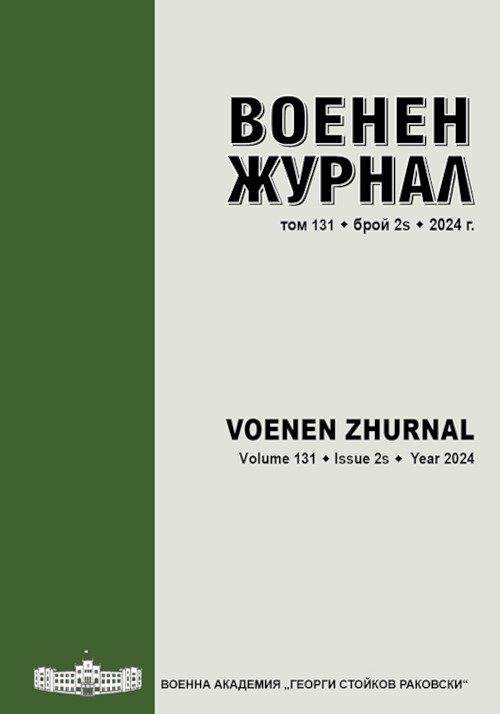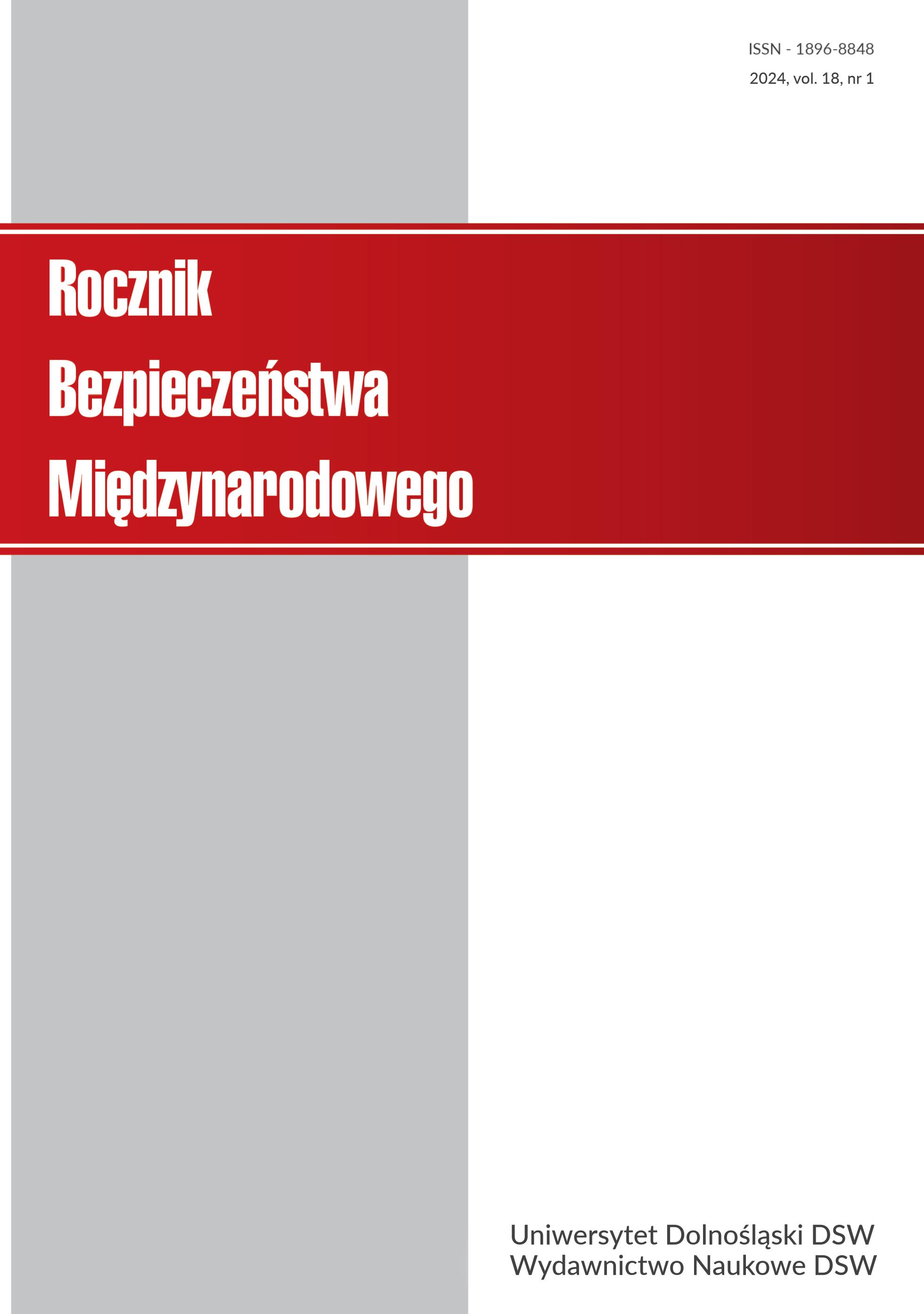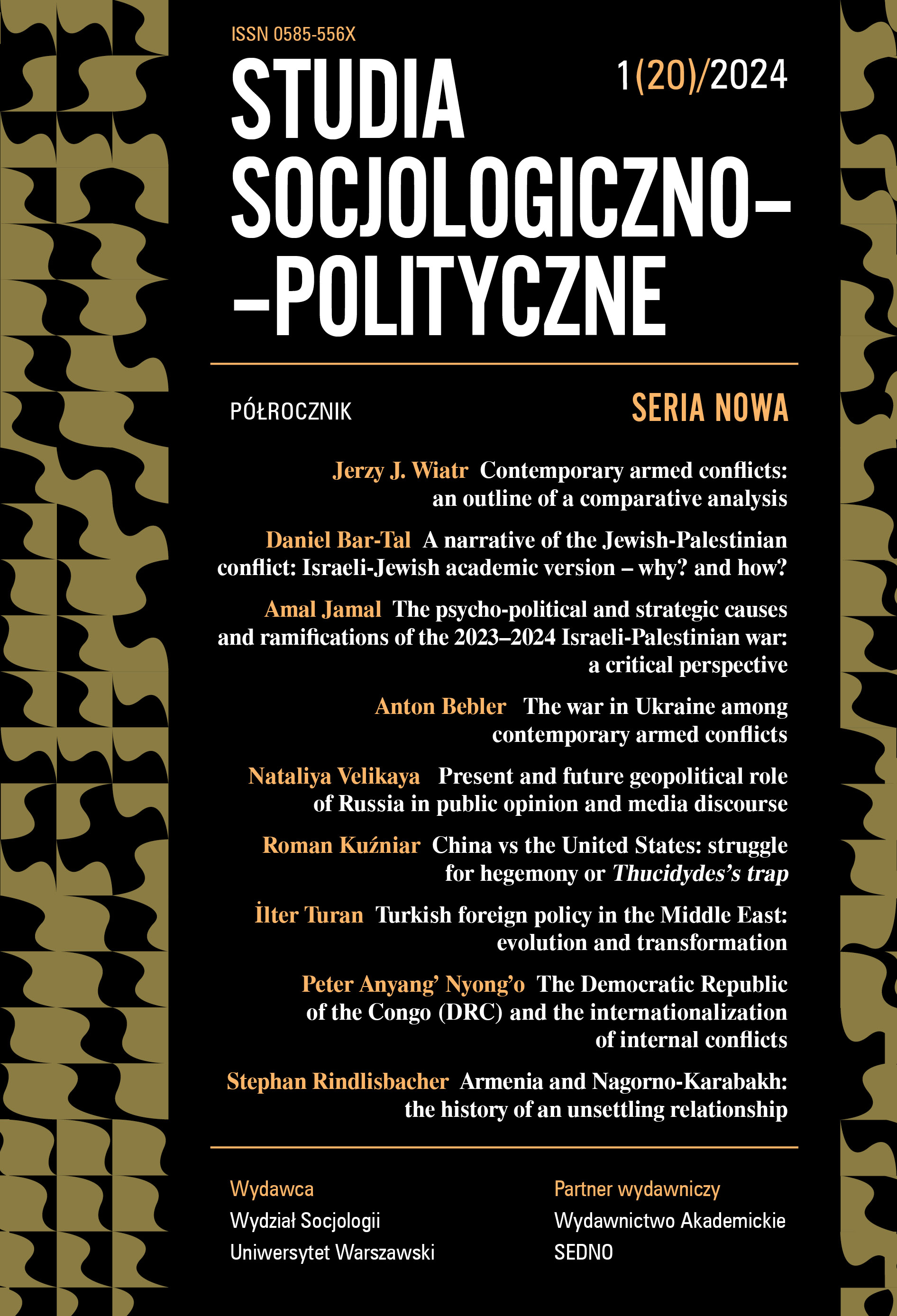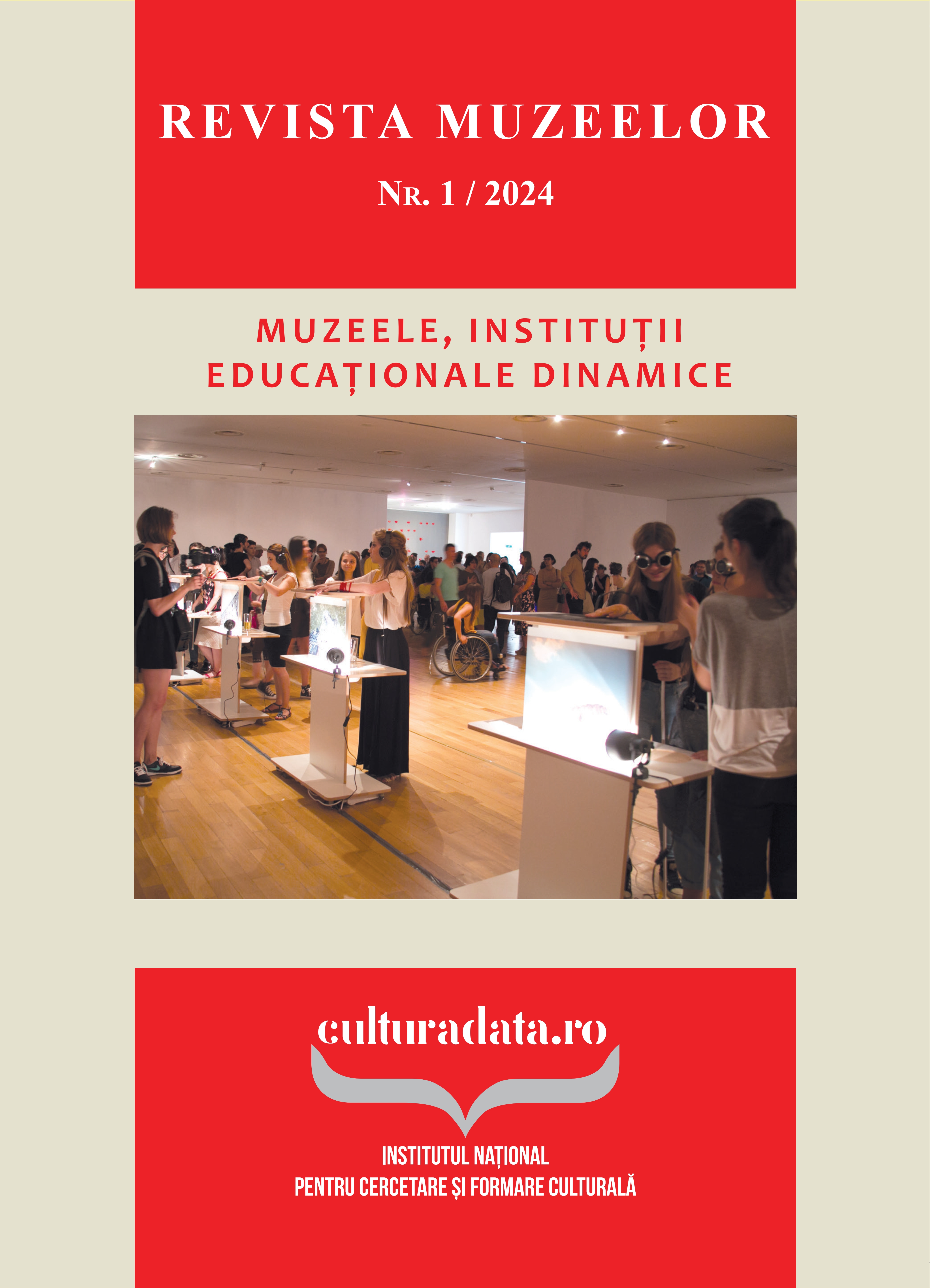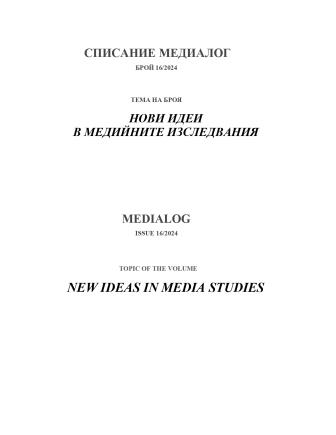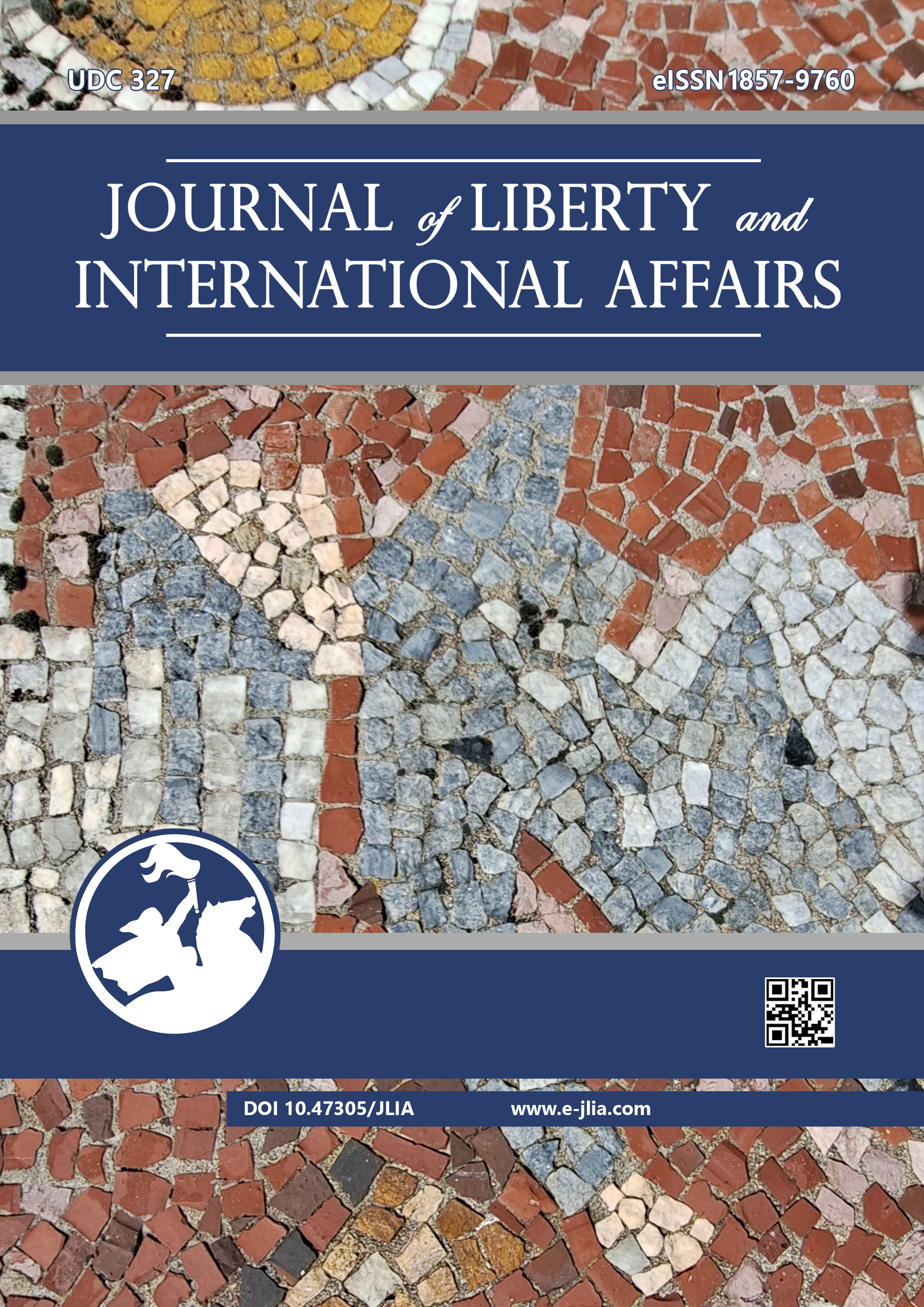
THE CHALLENGES OF NORMALIZING RELATIONS BETWEEN BELGRADE AND PRISTINA: IMPLICATIONS OF THE “AGREEMENT ON THE PATH TO NORMALIZATION“
The article analyzes the process of normalizing relations between Belgrade and Pristina after adopting the Agreement on the Path to Normalization. The analytical framework of neorealism was used to explain that the normalization process was accelerated due to the war crisis in Eastern Europe. The international legal aspects of the agreement were scrutinized, based on the method of content analysis and comparative studies, to argue that the agreement is a legally binding treaty between two sides that respect each other’s international legal personality. The authors concluded that the European Union and the United States attempted to create new momentum in the decade-long and rather unsuccessful process by adopting the Agreement and the Annex on implementation. Thus, these documents were put in the context of relations between Belgrade and Pristina and broader European and regional levels of complex relations. In addition, the analysis concluded that the documents serve as new impulses in normalization as a continuous legal formalization of relations between the two sides based on international legal rules.
More...
